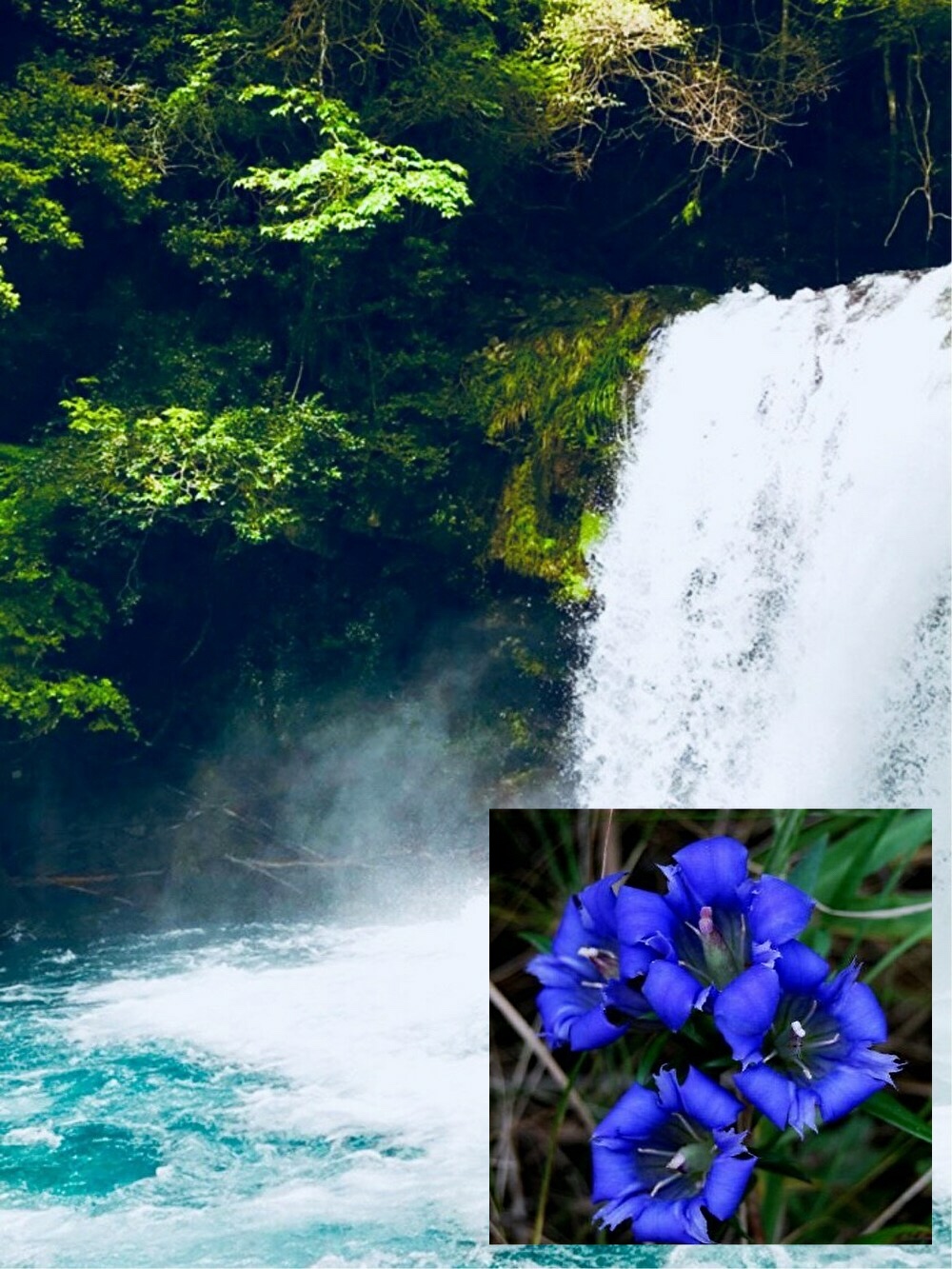
In the olden days, Rindoh was often found on the ridges of rice fields on the outskirts of town. Recently, I don’t see much in country mountains. Even so, on the equinoctial week Rindoh is almost always attached to the flowers offered to the graves or to the flowers in front of the Buddhist altar. For some reason, it remains a bud. The Rindoh that blooms in the plateaus and mountains is dark purple and has bell-shaped flowers that bloom toward the sky. Along with Kikyo, it is a flower that represents autumn, and its chic colors heal our heart. Although it is written in kanji as “dragon’s liver”, it is also used as a stomach medicine in Chinese medicine and is very bitter, so it got this name. The flower language is “I love you best when you are sad”.
リンドウは昔は町外れの田んぼの畦道にもよく見かけたものです。最近は里山でもあまり見かけなくなりました。それでもお彼岸のお墓参りや仏前にお供えするお花には必ずと言っていいほどリンドウが添えられています。それも何故か決まって蕾のままです。高原や山野に咲くリンドウは濃紫色で釣り鐘状の花を空に向かって咲かせます。キキョウとともに秋を代表する花で、シックな色合いが心を癒します。漢字で「竜胆」と書きますが、漢方の胃薬としても使われ、とても苦いのでこの名がつきました。花言葉は「I love you best when you are sad(悲しんでいるあなたを愛する)」です。
